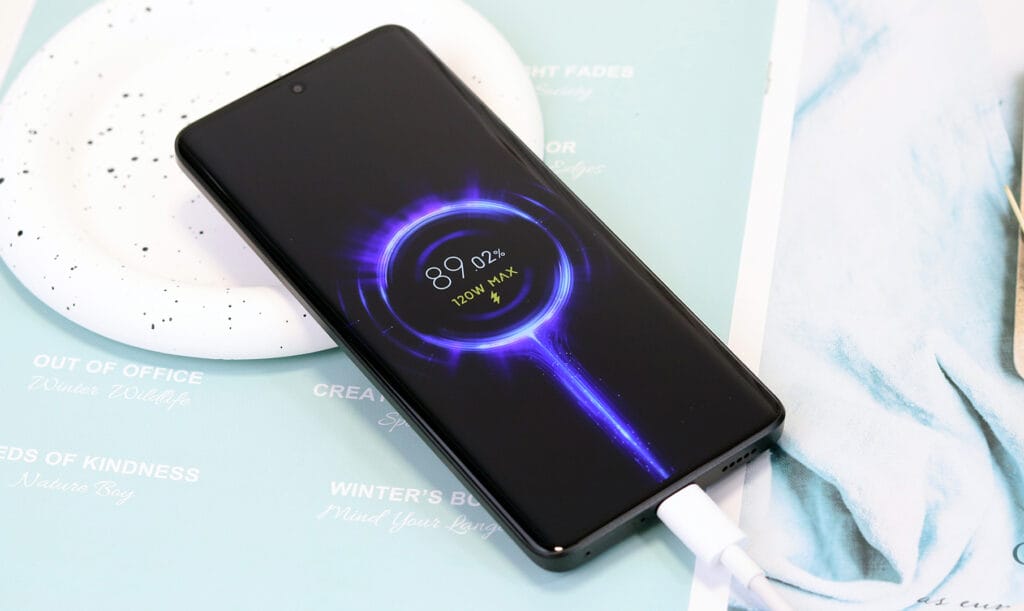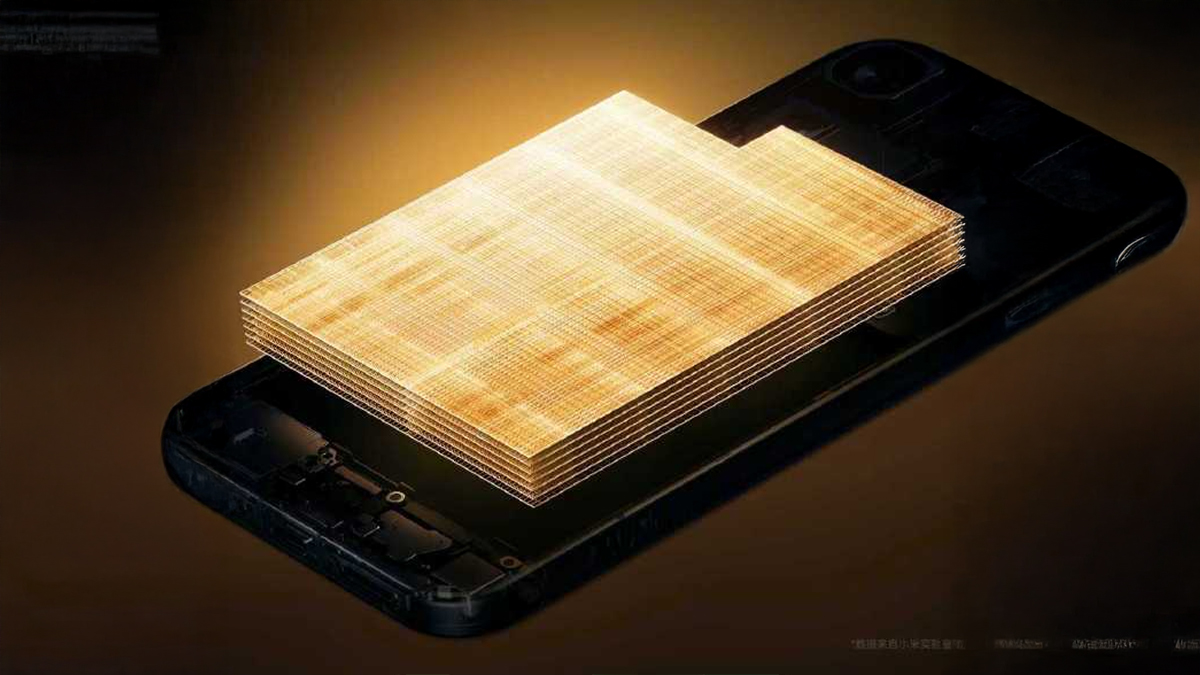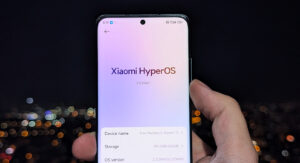Xiaomi’s 2025 charging strategy represents one of the most significant structural upgrades on the company’s battery roadmap. While Xiaomi previously announced record 120W and even 200W HyperCharge systems, the new flagship generation including the Xiaomi 15 series falls back to 90W–100W charging rates. This is consistent with the transition toward high-density silicon-carbon batteries and single-cell architectures that Xiaomi is undertaking. For additional background on Xiaomi’s contemporary battery strategy, readers can also refer to our Xiaomi 15 Pro battery analysis, HyperOS battery optimization overview, or Xiaomi charging technology timeline.
A Structural Shift in Mobile Power Engineering
This reduction in peak charging wattage is not a technological downgrade but rather the result of a conscious engineering recalibration. Newer silicon-carbon batteries boast much higher volumetric energy density relative to conventional graphite-based cells. However, this gain comes with strict thermal and mechanical limitations. For long-term stability and to extend battery life well over 1,600 cycles, Xiaomi has balanced the charging currents to achieve the new ceiling of around 90W–100W. This allows for bigger capacities such as 6000mAh+ without adding device thickness.
Why High Energy Density Changes the Charging Equation
Silicon-carbon chemistry gives Xiaomi a chance to increase energy storage without growing the size of the chassis. However, silicon expands considerably during charging, increasing internal stress when exposed to heavy currents. The charging system needs to operate within a controlled power envelope to avoid structural fatigue, electrolyte degradation, and premature aging. Therefore, battery longevity and reliability are more valued by Xiaomi than achieving extreme wattages, particularly in premium units where long-term performance is more critical.
Single-Cell Architectures and Thermal Considerations
In the earlier 120W–200W systems, Xiaomi relied on dual-cell layouts that distributed voltage across two separate battery modules. This provided for higher instantaneous power at the cost of reduced available internal volume and restricted maximum capacity due to duplicate packaging, connection layers, and safety buffers. New single-cell designs in the Xiaomi 15 Pro greatly improve volumetric efficiency, allowing for capacities above 6100mAh in slim bodies.
Why Single-Cell Charging Cannot Reach 120W+
A single lithium-ion cell operates around 4.5V. Pushing 120W into such a structure requires currents above 26A, which are beyond the safe limits of USB-C connectors, motherboard traces, and battery terminals. Even with enhanced materials, these currents generate excessive heat and accelerate chemical wear. Consequently, engineering teams concluded that 90W–100W is the safe and sustainable limit for next-generation single-cell silicon-carbon batteries.
Different Product Priorities: Xiaomi Flagship vs Redmi K Series
While the Xiaomi 15 Pro was all about improving the imaging performance and extending battery life, Redmi K80 Pro — only sold in China — continues to employ dual-cell systems to enable 120W charging. This difference reflects diverging design philosophies. Whereas the Redmi K line emphasizes gaming and fast power delivery, the Xiaomi flagship series targets premium ergonomics, camera quality, and overall endurance.
Why Redmi Can Still Use 120W
The reason why the Redmi models can afford to have more internal space for the battery module is that their camera system occupies less volume than the Leica-optimized modules in the Xiaomi flagships. This allows for extra space, thus enabling dual-cell designs without compromising capacity. Xiaomi’s flagship layout, on the other hand, would rather focus on optical performance, thus making the single-cell high-density battery an optimum solution.
Battery Longevity as the New Industry Standard
This places Xiaomi’s products in step with budding regulation and consumer expectations as the industry moves away from “charging speed competition” and toward “battery lifecycle optimization.” The thermal profile of the 200W-class systems limits cycle life to about 800 cycles, whereas the optimized 90W-100W systems with silicon-carbon cells can reach 1,600+ cycles reliably, effectively doubling the usable lifetime. This long-term performance advantage now represents a more valuable metric than the difference between 15-minute and 28-minute full-charge times.


 Emir Bardakçı
Emir Bardakçı



